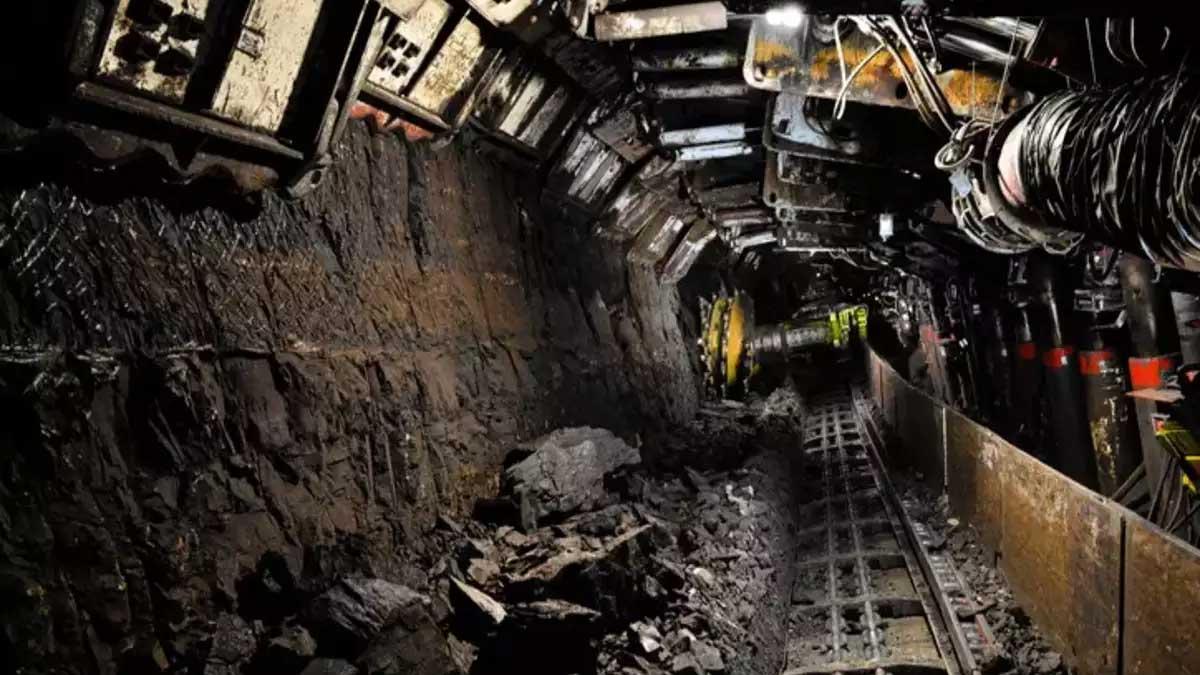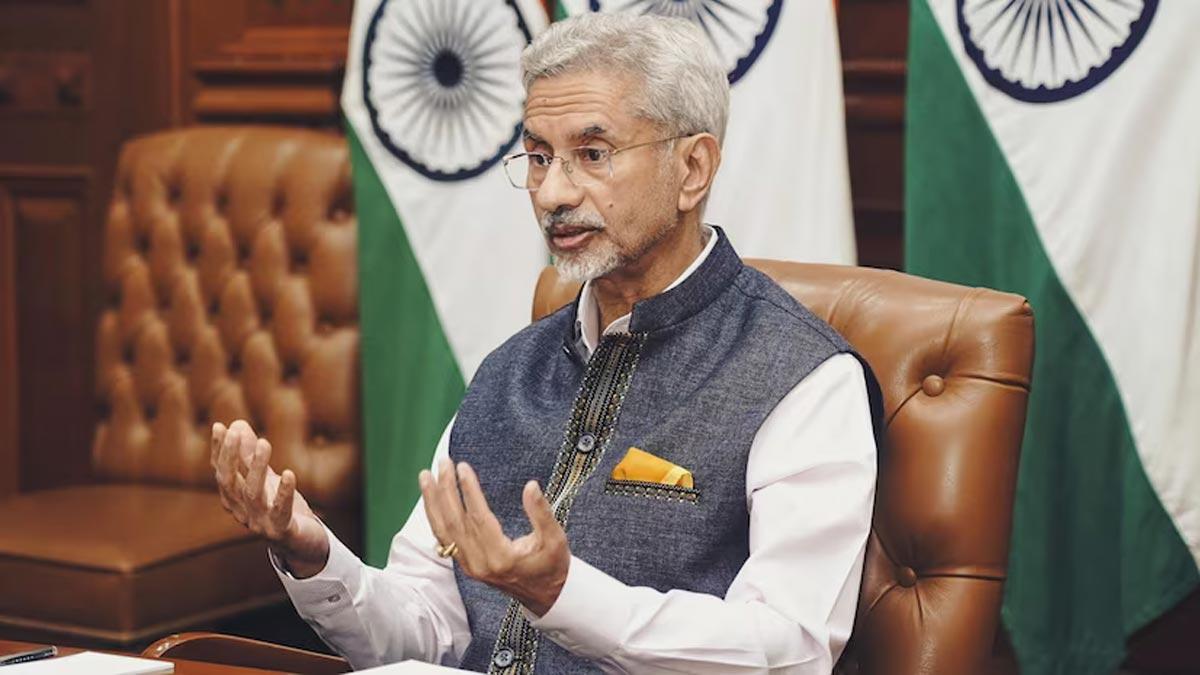Employment generation across the agriculture, manufacturing, and services sectors saw a significant increase during Prime Minister Narendra Modi’s tenure in the last 10 years compared to the preceding decade under the Congress-led UPA government, according to figures compiled by the Reserve Bank of India.
The figures show that under PM Modi’s tenure between 2014 and 2024, 17.9 crore additional jobs have been created, compared to 2.9 crore jobs during the UPA regime between 2004 and 2014.
Employment during the Modi government has jumped by 36 per cent compared with just 6 per cent during the UPA regime.
Data reflects the fact that during 2023-24, 4.6 crore jobs were added to the list and the number of people in the country at work increased from 596.7 million during the previous financial year 2022-23 to 643.3 million as of the last fiscal year, March 31, 2024.
KLEMS database in the RBI The database is constructed across five key inputs of production which are Capital, Labour, Energy, Materials, and Services. Six sectors, all put together into 27 aggregated industries, take care of the whole economy.
Data from RBI on sectoral growth also depicts a huge increase under the Modi government. To illustrate, agricultural sector registered growth of 19 per cent in Modi government vis-à-vis decline of 16 per cent in UPA.
The manufacturing sector increased by 15 per cent in 2014-2024 as against a mere 6 per cent increase during the UPA's tenure of 2004-2014. In the Modi regime, the services sector has registered an impressive growth of 36 per cent against 25 per cent under the UPA government.
The RBI has for the first time made a provisional estimate of productivity for the entire economy in FY24 based on the available information.
This reflects the quality of labor in the economy basis the education level in the workers. The employment indicator across age groups and educational level has gone up. Unemployment ratio has decreased to 1.4 per cent in FY24 from 2.2 per cent in FY18.
In this scenario, services sector, minus construction, are the major recipients of most workers exiting agriculture. Conversely, this contrasts with 2000-2011 period where most workers received employment opportunities in construction sectors.
In this respect, educated workers now compose a growing percentage of employment activities, for instance, high-skilled ones that include financial and business services, education, and health care.
Read also| Indian Stock Market Opens Flat, Nifty Holds Above 23,700
Read also| Indian Stock Market Closes on a Positive Note on First Day of 2025


















